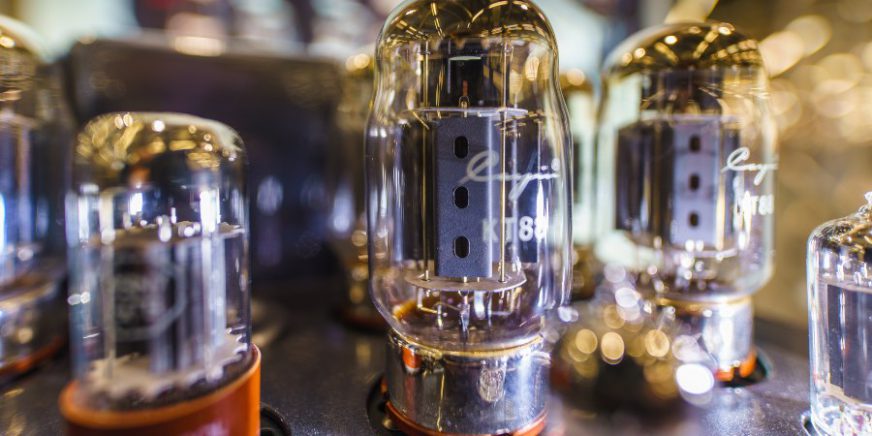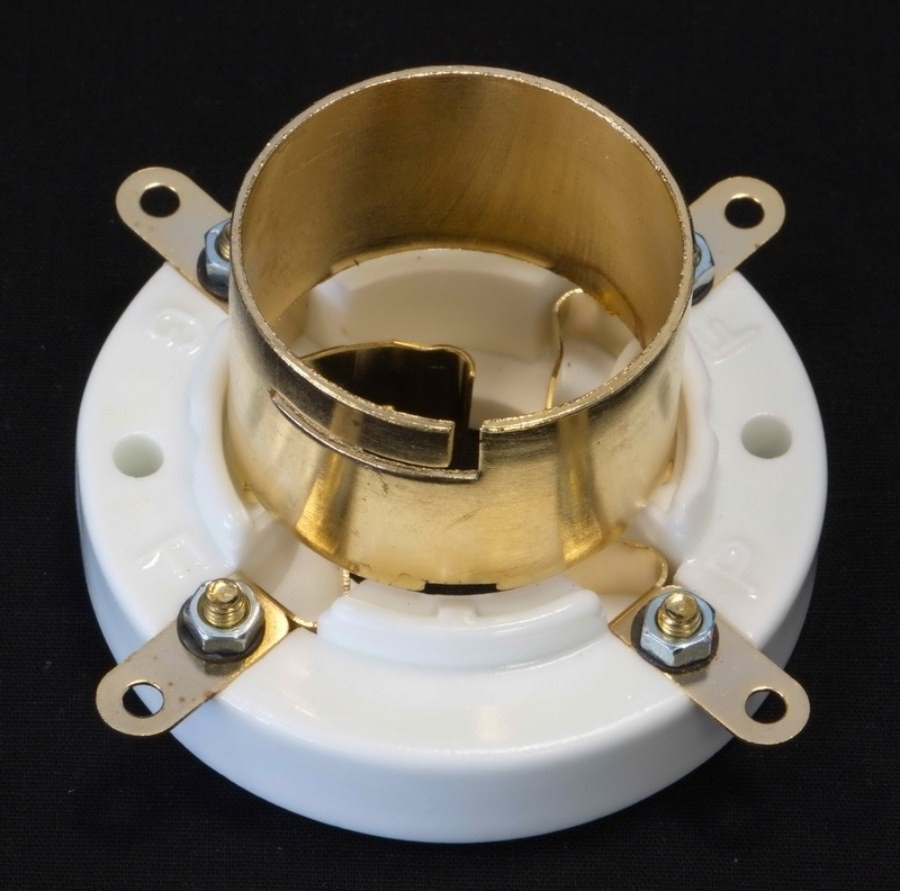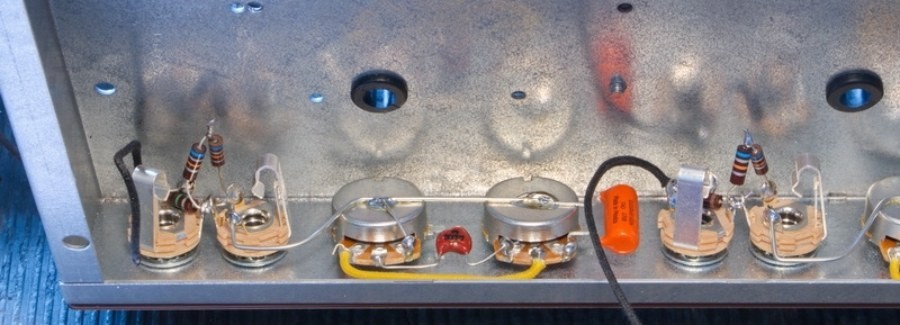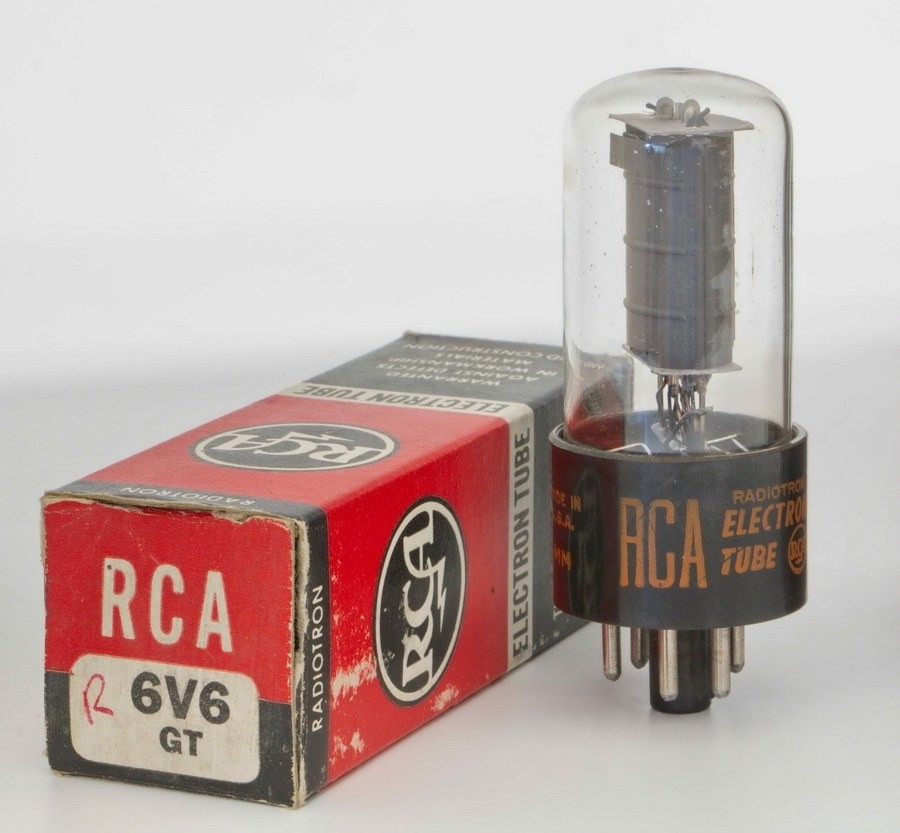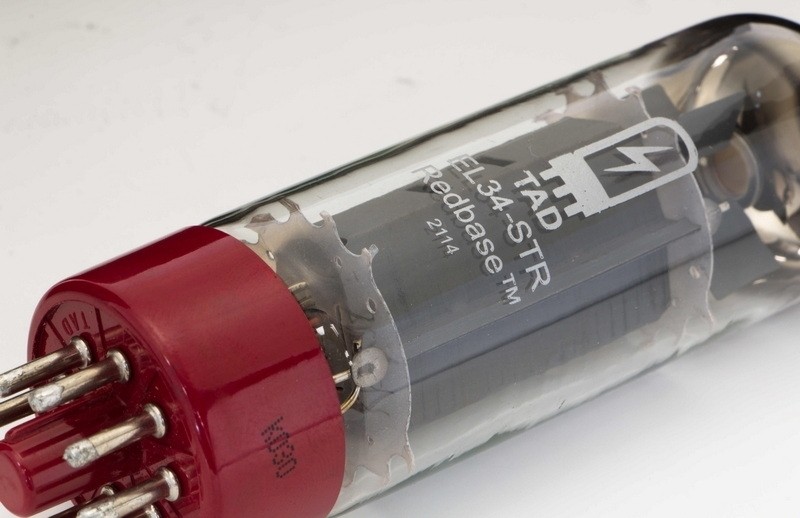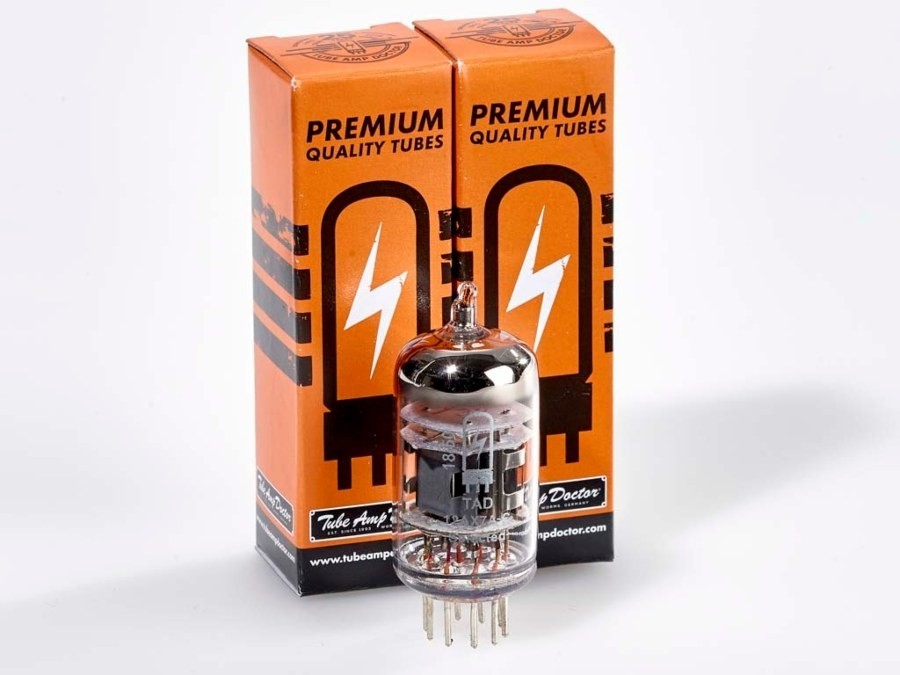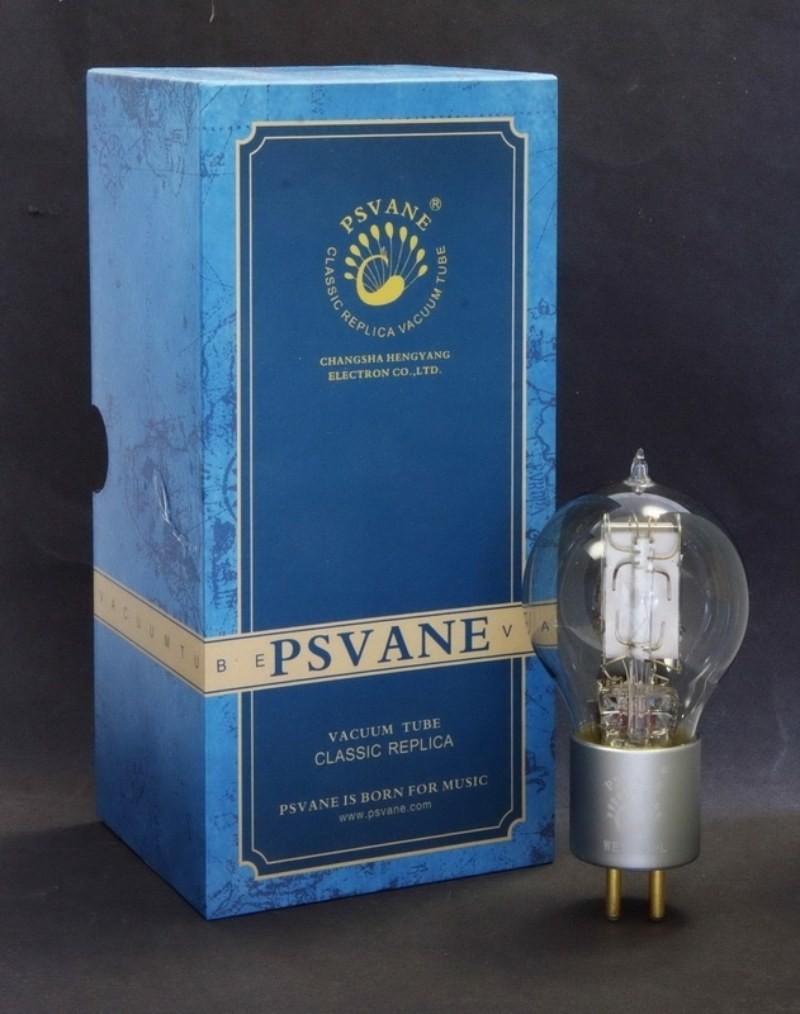« What different types are there? »
Every musician or Hi-Fi enthusiast who regularly changes the tubes of an amplifier is familiar with the various types of tube sockets from their own experience. But what sets apart these amplifier components, aside from their shape, may not be entirely clear to every fan of refined valve sound. We shed light on the matter and explain the real differences between octal, B7G, and Noval sockets.
Base or tube socket?
Before we delve into the differences and peculiarities of tube sockets, let’s introduce the basic functionality and purpose of the various socket types inside the tube amplifier. But don’t worry, the technical details are quickly explained and do not require a degree in electrical engineering! When discussing this topic, the terms “socket” and “tube base” are often used interchangeably. However, to avoid confusion, they should be strictly distinguished.
A base is part of the amplifier. It accepts the pins of the valve and secures them to the amplifier. The tube socket, on the other hand, is part of the electron tube and contains the aforementioned pins of the tube. Valve sockets and bases work together like a plug and receptacle, forming the connection point between the tubes and the amplifier. When selecting suitable electron valves for an existing or newly constructed valve amplifier, it is essential to pay attention not only to the valve base type, but also to ensure that the chosen socket matches the selected components.
Protection against damage and bridging of the signal path
Since a valve amplifier is little more than a beautiful space occupier without electron valves, the electron valves must harmonize their performance and function with the rest of the amplifier. First and foremost, the tube socket plays a crucial role in securely holding the delicate electron valve inside the amplifier. Mechanical damage to the electron tubes, in particular, could have disastrous consequences, as these sensitive components, while fairly robust, do not forgive cracked glass or compromised contacts.
In addition to mechanically securing the tubes, the sockets primarily establish the connection between the valves and the interior of the amp (the base), thus forming the actual signal path. The pins of the valve transmit the necessary information, such as the various signal currents, through the tube sockets to the tube base, serving as the interface between the tube and the amplifier.
To establish this connection, the sockets must form a vacuum-tight seal; otherwise, the electron valves could not operate in their accustomed manner. To maintain this vacuum, various designs have been adopted over time, which we will explain in the next section.
The general structure of tube sockets
To ensure the vacuum-tight connections of the electrode pins, various socket types have been designed over time. While in the early days of valve technology, mainly so-called “pinched foot” or steel tubes were used, the construction of electron valves also evolved. The connections of the old tube types were realized using thin wire pins. Modern all-glass tubes employ a different technique: a press-sealed base attached to the valve envelope serves as both the valve socket and the contact – this is ensured by embedded chrome iron pins. These pins, referred to as “pins” in the English-speaking world, are the defining components for the fit of the base and receptacle as used today.
Different Socket Types
Throughout the developmental history of electron valves, new tube shapes and functionalities have been invented time and again – from simple triodes to highly complex pentodes. Not only does the operation inside each valve type differ, but the receptacle shapes have also been continually adapted and optimized. As a result, today there is a wide variety of valve sockets in use. Below, we provide a closer look at the most common types.
Octal (8 Pin)
Octal sockets are used with many modern as well as numerous classic electron valves. Its number of pins (8) gives them and their corresponding bases their name. The connection pins in this octal variant are evenly arranged in a circle and are inserted into matching bases. The often-used forked spring contacts establish a connection to the pins of the tube receptacle and secure the electron tube in place. Typical examples of valves with octal shape include the EL34 or 6V6GT, which are used in many guitar amplifiers.
Noval (9 Pin)
Noval bases were introduced as a further development and, as the name suggests, contain nine connected contacts arranged in a circle. Structurally, Noval and octal bases differ in that octal bases have pins arranged evenly symmetrically. In Noval bases as well, spring contacts hold the contact pins of Noval tubes firmly and secure them at the respective pole. A well-known representative with a Noval receptacle is the 12AX7A – this type is used in both guitar amplifiers and Hi-Fi equipment.
UX 4 (4 Pin)
Today, UX4 sockets and the electron tubes used in this manner are regularly encountered only in the high-end Hi-Fi segment. They belong to the more exclusive components that an amplifier can contain. Therefore, it’s no wonder that considerable sums are typically required for these high-quality components – but the gentle, musically unparalleled sound of the 4-pin components more than justifies the investment!
B7G (7 Pin)
B7G electron tubes may not be among the most commonly installed elements, but they have played an important role in the development of tube technology. For example, the famous Hammond M100 organ was equipped with 7-pin B7G tube sockets.
Frequently Asked Questions About Tube Sockets
Whether Noval or Octal – especially when it comes to tube replacement and building DIY amps, we often receive questions related to valve bases. We’ve gathered the most common questions and provide the answers.
Can you replace the tube socket independently?
There are two types of mounting systems: PCB (Printed Circuit Board) mounting and chassis mounting. While tube sockets in PCB mounting are directly soldered onto the used circuit boards, the ones with chassis mounting allow for cables to be attached to the corresponding chassis points, which can later accommodate the tube sockets.
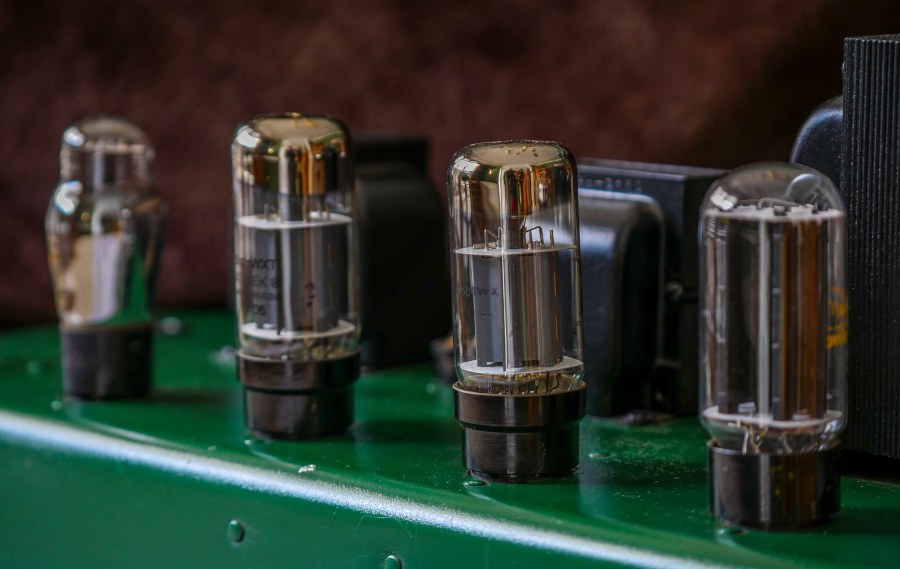
When should a tube socket be replaced?
Tube bases can develop defects over their lifespan, which necessitate replacement. These defects include not only mechanical damage such as broken contacts but also corrosion and contact abrasion. If a secure connection to the valve electrodes can no longer be guaranteed, the component should be replaced to avoid tube failure.
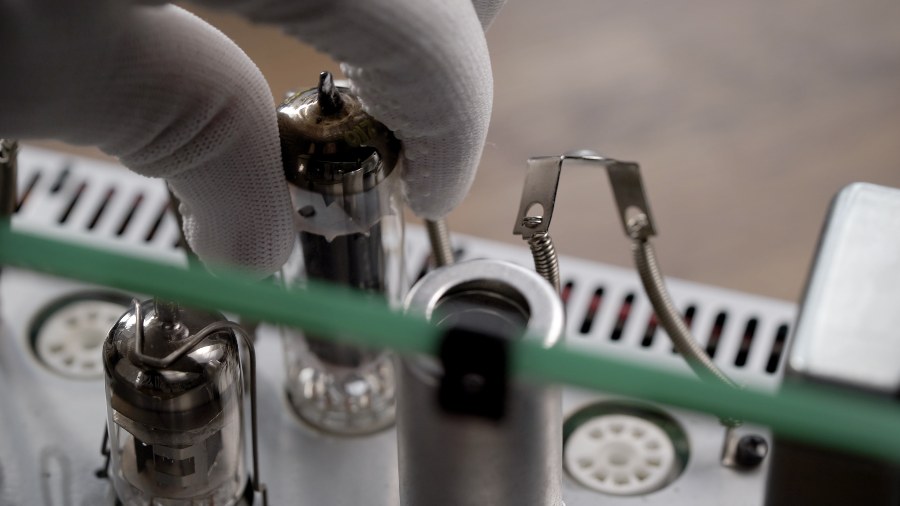
Do the sockets have an impact on the sound of tube amplifiers?
No, the bases themselves do not have a measurable impact on the sound of valve amplifiers. However, since each tube receptacle is used for specific types of tubes, you may still notice differences in sound between different valve types, such as an EL34 and a 12AX7A, for example.
What does “unsocketed” mean?
Unsocketed electron tubes are typically used only in scientific or experimental setups. In this form, the electron tubes are directly wired and connected to the corresponding electrodes, making them unsocketed. With advancements in tube technology, even modern all-glass tubes are sometimes referred to as socketless because they have directly fused contact pins. However, almost all common guitar amplifiers and Hi-Fi preamps or power amps use socketed tubes, with octal or Noval sockets being the most common types.
___________________________________________________________________________________________________________________________
Image sources:
Title image: © Roberto Schettler – stock.adobe.com
Four tubes side by side: © Tyler – stock.adobe.com
Tube Replacement in an Amplifier: © kustvideo – stock.adobe.com
 Tubeampdoctor Magazin
Tubeampdoctor Magazin
